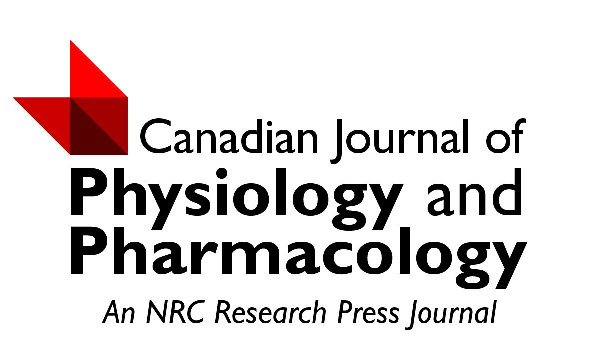
“Background: Prostate cancer is the second most frequently occurring carcinoma in males worldwide and one of the leading causes of death in men around the world. Recent studies estimate that over 1.4 million males are diagnosed with prostate cancer on an annual basis, with approximately 375,000 succumbing to the disease annually. With current treatments continuing to show severe side effects, there is a need for new treatments. In this study we looked at the effect of cannabis sativa extract, cannabidiol and cisplatin on prostate cancer cells, PC3.
Methods: In addressing the above questions, we employed the MTT assay to measure the antiproliferative effect on PC3 cells following treatment with varying concentrations of Cannabis sativa extract, cisplatin and cannabidiol. xCELLigence was also used to confirm the IC50 activity in which cells were grown in a 16 well plate coated with gold and monitor cell attachment. Caspase 3/7 activity was also measured using 96 well-plate following treatment. Western-blot and qRT-PCR was also used to measure the gene expression of tumour suppressor genes, p53, Bax and Bcl2. Animal studies were employed to measure the growth of PC3-mouse derived cancer to evaluate the effect of compounds in vivo.
Results: From the treatment with varying concentrations of Cannabis sativa extract, cannabidiol and cisplatin, we have observed that the three compounds induced antiproliferation of PC3 cancer cell lines through the activation of caspase 3/7 activity. We also observed induction of apoptosis in these cells following silencing of retinoblastoma binding protein 6 (RBBP6), with upregulation of p53 and bax mRNA expression, and a reduction in Bcl2 gene expression. The growth of tumours in the mouse models were reduced following treatment with cisplatin and cannabidiol.
Conclusion: We demonstrated that cannabidiol is a viable therapy to treat prostate cancer cells, in combination with silencing of RBBP6. This suggests that cannabidiol rather Cannabis sativa extract may play an important role in reducing cancer progression.”
https://pubmed.ncbi.nlm.nih.gov/36853473/
“In conclusion, these results further suggest that CBD is an effective anti-tumor drug which possesses anti-proliferative and pro-apoptotic properties. Additionally, these findings point to a crosstalk between RBBP6 silencing and CBD treatment rather than Cannabis sativa extract. Moreover, CBD-siRBBP6 has shown an important role of p53 up-regulation in prostate cancer, a tumor microenvironment modulating property. In conclusion, the findings of this study promote using CBD in cancer patients mostly with an inactivated p53 gene.”
https://link.springer.com/article/10.1007/s11033-022-08197-0






